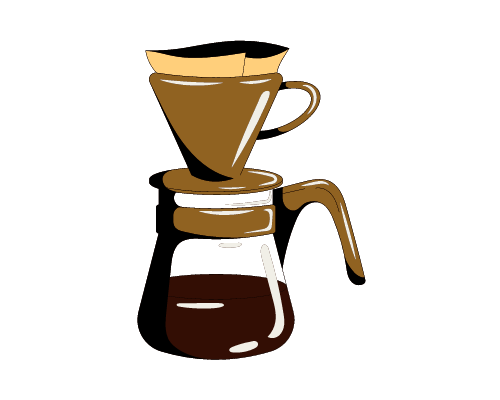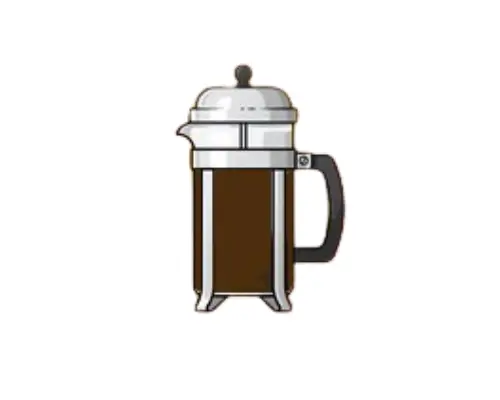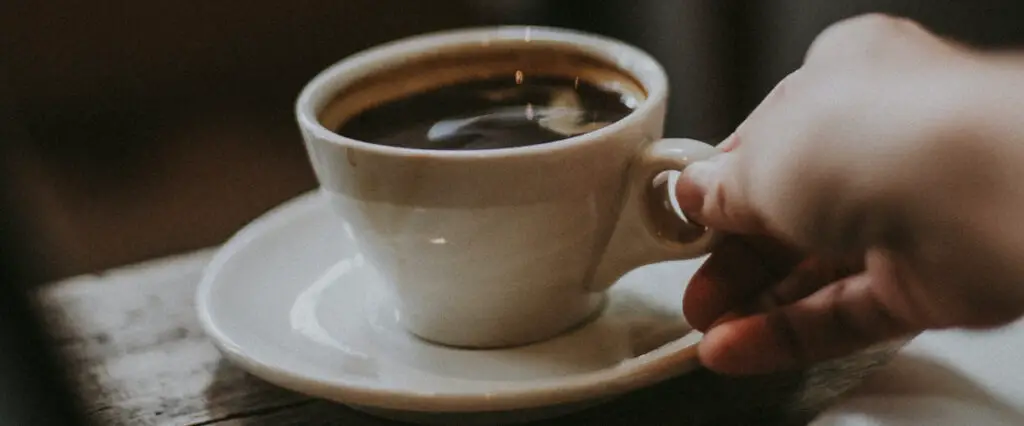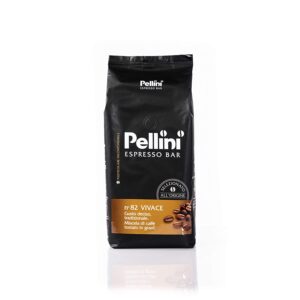
As more people are starting to experiment with gourmet coffee at home the French press and pour-over brewing techniques have become ever so popular across the country. I want to discuss how manual coffee brewing techniques give you a chance to travel new horizons in a world usually filled with repetitive automation.
Some people are getting tired of the automatic coffee makers which offer no personality and identity to your final brew. Don’t get me wrong, knowing what you like and sticking to it is great, but once you experience the difference, it’s hard to ignore.
Let’s go into a little detail into the French press and the pour-over brewing techniques and decide which one makes better coffee. Hopefully, once you know what makes each coffee maker unique, you’ll be able to decide which one suits you better.
What is a Pour-Over?
This method uses boiled water poured over coffee grounds in a filter. Since the coffee grounds don’t come in contact with the finished coffee it’s often said that pour-over coffee has less grit than the brew produced by a French press.
In other words, it would have a bit more of a smoother and lighter flavor, not as strong as with the French Press.
As a fairly inexpensive way of making fresh coffee at home, the pour-over method is catching on in many café shops and households across the continent. They are often made from a ceramic material, but it’s common to see them crafted from steel or glass.
Pour-over coffee is bold and flavorful, you can expect to taste the true essence of your coffee beans.

What is a French Press?
As one of the most popular styles of making coffee in today’s rich coffee community, the French press has been referred to by some as the best coffee maker in the world.
Even the CEO of Starbucks claimed the best coffee he’s ever had was from a French press. That’s high praise.
The design is easy to understand.
The glass or steel cylinder holds the coffee grounds while you pour hot water into the carafe.
Then you use a steel plunger, or filter, to hold the coffee grounds down at the bottom while you use the cylinder as a pitcher to distribute your coffee.

As simple as that sounds, the French press technique can be a little tricky to master. The trick is knowing what size coffee grounds to use and how long to let the coffee steep in the container for the most desired flavor.
Need to Know About the French Press
This brewing method requires a little more babysitting than a drip coffee maker or Moka pot since it’s a completely manual one. You need to tinker with the grind size and brewing time to get your French press perfect.
People don’t usually have time to use a French press for their morning coffee. Instead, it’s often used to treat a company with a high-quality coffee beverage.
Need to Know About a Pour-Over
The coffee you get from a pour-over is delightfully rich in flavor, but the brewing process isn’t exactly beginner-friendly. There are several variables that will have a direct impact on the final taste of your coffee.
It might take a few attempts to get your coffee right while you wrestle with some of these parts of the brew:
- Coffee grind size
- Coffee to water ratio
- Water temperature
- Bloom time
- Brew time
Don’t let that discourage you from trying the pour-over, just be prepared to give it a couple of attempts before you get it right. If you’re a beginner I suggest following the brewing methods laid out by Prima-Coffee.
What to Expect from the Cup of Coffee?

Once you get used to making coffee with a French press you can expect it to be bright and flavorful. I would suggest this brewing method for people who want to taste the true flavor of their coffee beans.
A pour-over will make coffee that’s vibrant and smooth. I think you will notice a much less bitter flavor than the same brew in a French press. That’s because of the paper filter used in the pour-over method. It stops some of the natural coffee oils and elements from reaching your brew.
Pour-over is often described as having less grit than a French press because the brewing technique doesn’t involve immersion. This means your coffee grounds don’t actually come in contact with your final brew. With the French press your coffee grounds sit directly in the coffee you will drink once you’re brew is finished.
The Final Verdict, French Press or Pour-Over?
Deciding on which coffee brewing method is best for you will come down to personal taste preferences.
People looking for strong, authentic coffee with bold qualities and a thicker texture are best suited for the French press. Whereas coffee lovers who want a cup of joe with a delicate flavor should consider the pour-over.
Some say the French press is more popular because it’s been around longer. I believe the French press makes the best coffee because the flavor is completely personalized to my liking. I’m in charge of the brewing process but I also don’t need to be a professional barista to figure it out.
Related Questions
What Grind Size Should I Use for the French Press?
To get the most out of your French press you want to use coffee ground coarsely. That’s because the flavor extraction process needs maximum water surface area to be fully effective. This also enables better carbon dioxide release from the coffee grounds during steeping, enhancing the flavor of the finished brew.
What Grind Size Should I Use for the Pour-Over?
Pour-over coffee lovers admit that the grind size can vary depending on how you like your coffee. As a beginner, you need to start with a medium-fine coffee grind. If your coffee seems to taste too weak, and the pour is thin try a finer grind. On the other hand, if your coffee is bitter, harsh, and thick you should try to use a coarser grind.
I’ve always seen coffee as a way of bringing people together. Everywhere I go people seem to enjoy a fresh cup of coffee and that’s what drives my passion. There’s always a new brew to master, and there’s always a new face to enjoy it with. Hitch a ride with me on a coffee-fueled adventure to find a perfect cup.


